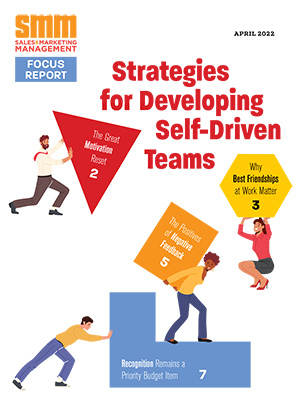Wells Fargo CEO John Stumpf came under harshcriticism from all sides after 5,300 employees and managers at the bank’s retail division were fired for their role in purposefully opening unauthorized accounts in the names of their customers in order to reach daily and weekly quotas and earn incentives.
Just days before Stumpf was excoriated by Sen. Elizabeth Warren and other members of the Senate Banking Committee, he was also grilled by Jim Cramer, the bombastic host of CNBC’s “Mad Money,” who is not known for hard-hitting Q&As with corporate leaders. Cramer read a headline aloud from the Wall Street Journal: “Wells Fargo CEO defends bank culture. Lays blame with bad employees.”
“That’s not you. You’re the head coach,” Cramer said incredulously. “You told me you’re the Vince Lombardi. Vince Lombardi never blamed a lineman.”
Few, if any, rushed to Stumpf’s defense, particularly since reports of employees gaming Wells Fargo’s cross-selling incentive program surfaced more than two years earlier. Still, any sales manager who runs an incentive program in order to drive performance may now fear facing similar circumstances
if rogue salespeople rig the system in order to chase after incentives.
How Not to Be the Next Wells Fargo
Executives and sales managers don’t need to worry about their incentive efforts going off the tracks if they follow simple rules, says Tim Houlihan, vice president of the Reward Systems Group at BI, a global engagement agency that helps companies drive performance, in part through the use of incentive programs. The first rule of thumb, says Houlihan, is to pay attention to the environment you create.
“If more than 5,000 employees were involved (and let go), this is absolutely an environment that allowed — maybe even supported — such practices,” Houlihan says. “As Buckminster Fuller noted, ‘Don’t change the man, change the environment.’ If the environment supports something, it becomes the social norm and rules — written in rule books not in weekly team meetings — take a back seat.”
Houlihan offers three key tenets of incentive programs and posits where Wells Fargo missed the mark with each.
1. Rules need to account for likely gaming.
Wells Fargo’s problem: The rules didn’t net out account closings.
Solution: Write the rules in such a way that eliminates, or at least minimizes, gaming.
Houlihan: It’s a naïve structure to reward people on new accounts without any accommodation for closed accounts. Telecommunications companies (especially wireless firms) and cable companies reward employees for new accounts and they do it under the provision that accounts that get cancelled counteract the new account signups. In the world of insurance, the underwriting department controls for phony signups. In medical devices, there’s a lengthy stream of processes to insure that the technology was actually installed in the patient. The Wells Fargo rules were poorly written.
2. Incentives should be short term, otherwise they become compensation.
Wells Fargo’s problem: The program ran for months. It was part of the culture and the comp plan — it was not a per se incentive.
Solution: Running an “incentive program” for months (years!) on end, is tantamount to making it central to compensation. People who were hired during that period were told they would get rewarded for opening new accounts as part of their compensation (or that it was a requirement to maintain employment). Either way, it was normalized in the comp plan, not a one-off initiative to boost new account openings.
Houlihan: There are two primary environmental ways to get new accounts: carrots and sticks. The stick is “open X new accounts or lose your job.” When the task is difficult and easy to game, people will look for ways to circumvent the spirit of the objective with methods that support their desire to keep their job. The carrot is “open new accounts and get paid for them.” It’s also possible that the comp plan was structured in such a way that put significant emphasis on new account openings — a lever made it worthwhile to game it. The more tenured employees (or possibly even the frontline managers) coached them on how to use it and probably abuse it. Both the carrot and the stick could have been used — the double whammy. One of the things we watch for in designing incentive programs is rewarding an appropriate amount for the task.
3. Write rules that include outside audits.
Wells Fargo’s problem: The rules didn’t allow for oversight.
Solution: When rewards are contingent on revenues, a common way to eliminate or minimize gaming is to audit the results.
Houlihan: Who’s watching the store? When part of compensation (or maintaining employment) requires new account openings, there needs to be someone internally verifying the tasks really happened. Banks are known for checks and balances (no pun intended) and Wells Fargo’s failure is a grave misstep in checks and balances. Harvard Business Review reported that “fraudulent account openings continued even after the bank was aware of it and had fired employees for it starting in 2011.”
Houlihan adds, “[behavioral economist] Dan Ariely’s research on cheating indicates that many people — in fact the vast majority of us — cheat in some small ways, like exceeding the speed limit, or not telling the server that he failed to charge you for a glass of wine, or taking a pen home from work. The research indicates that very few people cheat in big ways. Ironically, the (few) big cheaters don’t cause near the same level of problems as the many small-change cheaters in the world. My point is that widespread cheating at Wells Fargo was, at some level, endorsed. It was big enough to get 5,300 people fired. And it caused lots and lots of pain to the company.”



